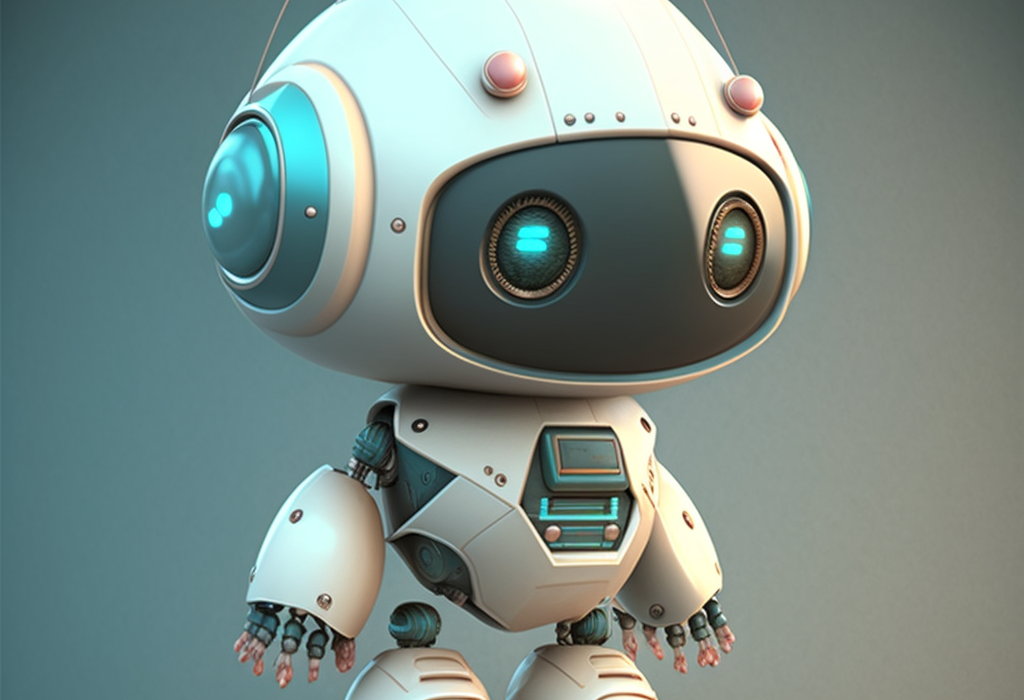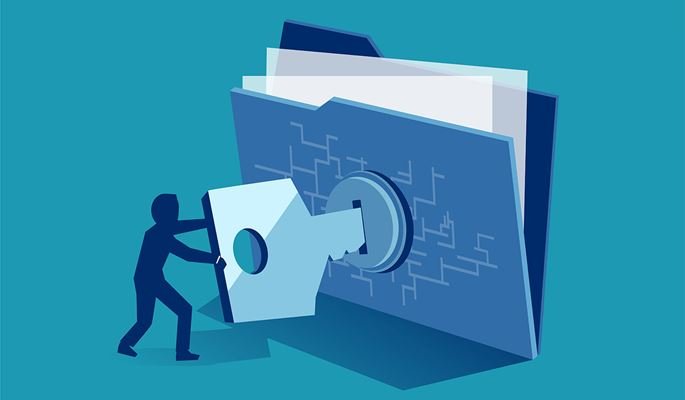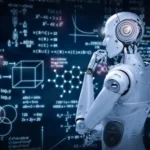Evolution and Relevance of Old Character AI in Modern Times

Artificial Intelligence (AI) has made remarkable strides in recent years, from cutting-edge machine learning algorithms to advanced neural networks. However, amid these rapid developments, there’s a particular niche within AI that continues to capture the imagination of enthusiasts and professionals alike: Old Character AI. This term refers to the early AI models and systems that focused on creating and controlling characters, both in virtual and physical environments. These foundational AI models laid the groundwork for what we see in today’s more advanced AI technologies.
What is Old Character AI?
Old Character AI refers to the early forms of artificial intelligence that were primarily designed to control characters in video games, simulations, and other interactive environments. These systems were not as sophisticated as today’s AI but played a critical role in shaping the future of artificial intelligence. The term “Old Character AI” encompasses a range of AI models, from simple rule-based systems to more complex algorithms that allowed characters to learn and adapt within specific parameters.
The Significance of Old Character AI
The significance of Old Character AI cannot be overstated. These early AI models were the pioneers of a new era, introducing the concept of intelligent characters that could interact with users in a more natural and human-like way. Although limited by the technology of their time, these old AI systems were able to create believable characters that could respond to user input, make decisions, and even learn from their interactions.
Old Character AI served as the foundation for many of the advanced AI systems we see today. For instance, the decision-making processes used in modern AI can trace their roots back to these early character AI models. The ability of AI to simulate human-like behavior in characters was revolutionary at the time and remains a key component of AI development.
The Evolution of Old Character AI
Over the years, Old Character AI has evolved significantly. Early AI systems were primarily rule-based, meaning they followed a set of predefined rules to determine the behavior of characters. These systems were limited in their ability to adapt to new situations or learn from their experiences.
However, as technology advanced, so did the capabilities of Old Character AI. The introduction of machine learning and neural networks allowed for more complex and adaptive AI systems. Characters controlled by AI could now learn from their interactions, adapt to new scenarios, and even develop personalities over time. This evolution marked a significant shift in how AI was used to create and control characters.
Why Old Character AI is Still Relevant Today
Despite the advancements in AI technology, Old Character AI remains relevant today for several reasons. First, these early AI models provide valuable insights into the development of artificial intelligence. By studying Old Character AI, researchers and developers can better understand the challenges and limitations of early AI systems and apply these lessons to modern AI development.
Second, Old Character AI continues to be used in various applications. For instance, many classic video games and simulations still rely on these early AI models to control characters. While these systems may not be as sophisticated as modern AI, they are still effective in creating engaging and interactive experiences for users.
Finally, Old Character AI has a nostalgic appeal that continues to resonate with many people. These early AI systems represent a time when artificial intelligence was just beginning to emerge, and the possibilities seemed endless. For many, Old Character AI is a reminder of the excitement and wonder that accompanied the early days of AI development.
Challenges Faced by Old Character AI
While Old Character AI was groundbreaking in its time, it also faced several challenges. One of the main limitations was the lack of computational power available during the early days of AI development. This meant that Old Character AI systems were often simplistic and unable to handle complex interactions or learning processes.
Additionally, the rule-based nature of many Old Character AI models made them inflexible. These systems could only operate within the confines of their predefined rules, making it difficult for them to adapt to new situations or learn from their interactions. This limitation was a significant barrier to the development of more advanced AI systems.
Despite these challenges, Old Character AI played a crucial role in laying the groundwork for modern AI. The lessons learned from these early AI models continue to inform and inspire current AI research and development.
The Legacy of Old Character AI
The legacy of Old Character AI is evident in the many advancements that have been made in artificial intelligence over the years. The foundational concepts introduced by these early AI models, such as decision-making, learning, and adaptation, continue to be central to modern AI systems.
Furthermore, the impact of Old Character AI extends beyond just technology. These early AI systems have influenced popular culture, inspiring countless video games, movies, and books that explore the concept of intelligent characters. The idea of AI-controlled characters that can think, learn, and interact with humans is now a staple of science fiction and continues to capture the imagination of people around the world.
Conclusion
Old Character AI may be considered “old” by today’s standards, but its impact and relevance are far from outdated. These early AI models laid the foundation for many of the advancements we see in artificial intelligence today. From simple rule-based systems to more complex adaptive models, Old Character AI has played a crucial role in shaping the development of AI and will continue to be a source of inspiration for future innovations.
As we continue to explore the possibilities of artificial intelligence, it is essential to remember and appreciate the contributions of Old Character AI. By understanding the history and evolution of these early AI systems, we can better appreciate the advancements we have made and continue to push the boundaries of what is possible with AI.










